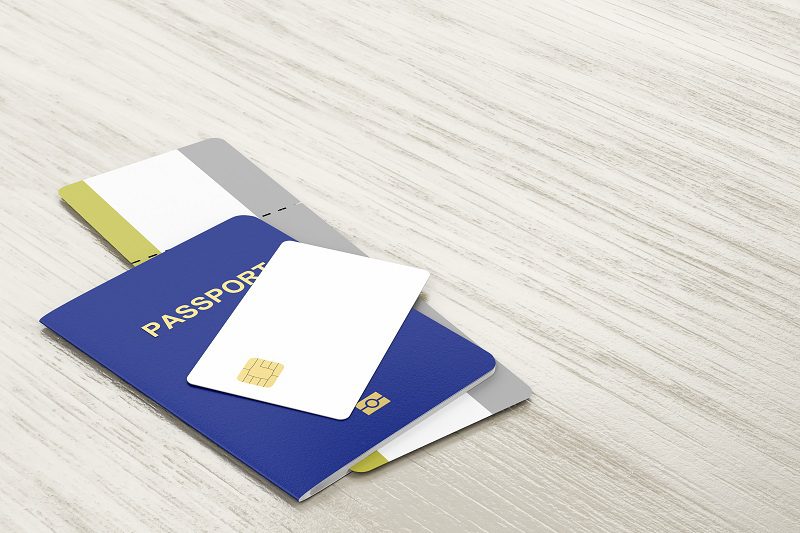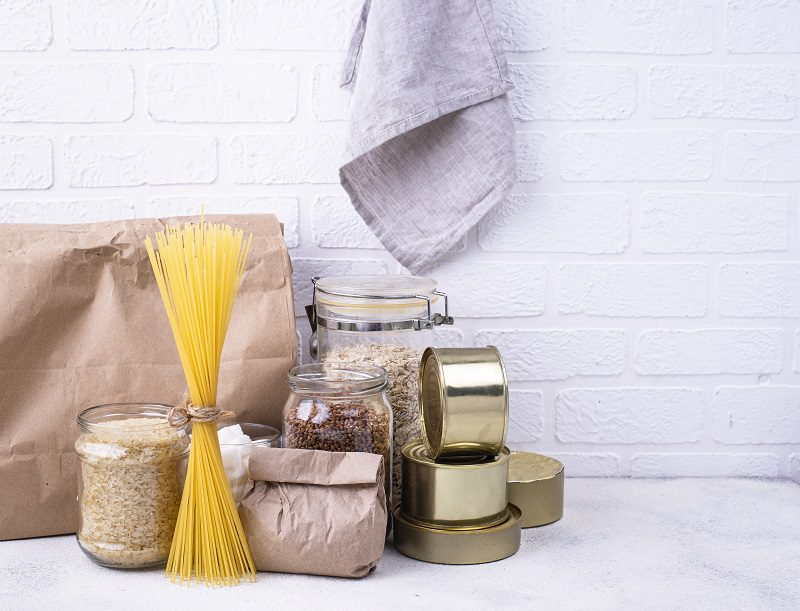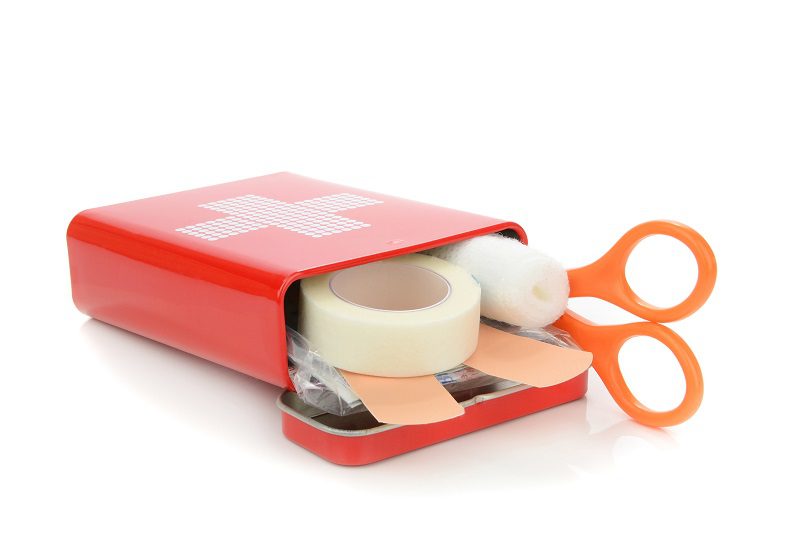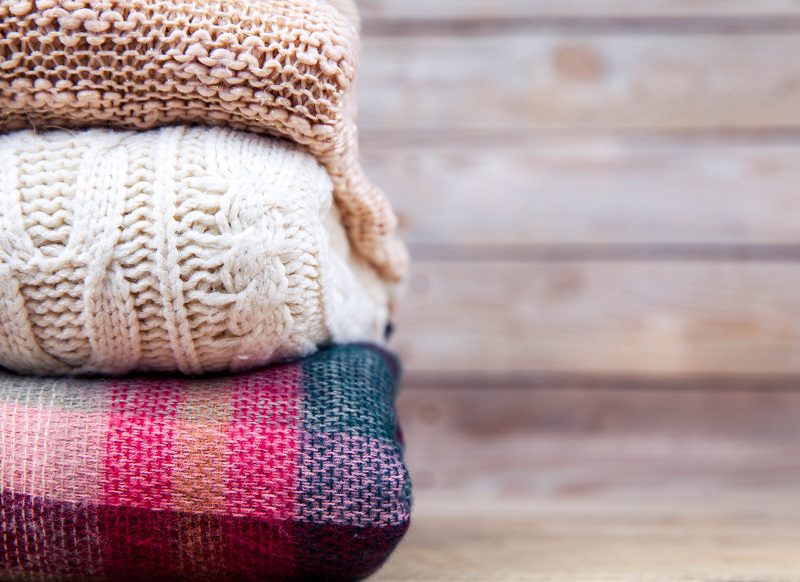
Whether it’s a fire, earthquake, flood, hurricane, or disease, you’ll need to be prepared and have an emergency kit in your car and home. Here is a list of the fundamental things you must have in your emergency kit.
If the time has taught us something, hoping for the best but planning for the worst is the answer. In addition to the floods, hurricanes, and wildfires that might already be on your mind depending on where you live, the list of potential worst-case scenarios now includesCovid-19 and other infectious diseases.
“We’re looking at seasonal weather-related disasters going on at the same time as Covid-19,” says Jeff Schlegelmilch, deputy director of the National Center for Disaster Preparedness (NCDP) at Columbia University in New York City.
According to the National Safety Council, 62,339 weather incidents in 2018, including hurricanes, heat waves, and winter storms, caused 782 deaths and 1,797 injuries.
“Crises are terrifying, and the only way to make them less terrifying is to be prepared,” says NSC spokesperson Maureen Vogel. “One of the first things is keeping a home emergency kit always on hand.”
Store the kit in a closet or by an exit door, and have another in your car, Vogel suggests. If you need to stay at home, or if you need to leave in a rush, this is what experts recommend packing:

Important documents
This is not only vital during the disaster but afterward to rebuild your life. Having key legal and personal documents will go a long way to reducing stress once the immediate damage has been done, Hart says. Make sure you are aware of the signs that you may experience extreme stress.
Iowa Legal Aid advises that you keep these papers together so that you can catch them in a hurry:
* Identification, whether it be a driver’s license, passport, or other photo ID.
* Insurance documents such as life insurance, flood and fire insurance, and homeowners or rental insurance.
* Legal documents. That includes birth certificates, any document on child custody or adoption, wills, attorney powers, and the like.
You can scan your document or take pictures with your camera, or make photocopies, and store them in your preparedness kit for evacuation, Tornetta says. “Have an extra copy of your driver’s license and social security card. If you have to flee in a hurry, you may forget your ID or your wallet if they’re stored in a separate place,” he adds.
Such records can also be kept online, or in a thumb drive, Schlegelmilch says.
A communication plan
Often we know a catastrophe is on its way but there is still no warning whatsoever. Be sure that with every scenario you have a communication strategy in place and one that takes into account the various occasions that accidents will occur. When a tragedy happens, you and your family may be at school or working or sleeping.
“What is your plan to meet up, to reconnect with folks?” asks Schlegelmilch. Have phone numbers listed in the kit. You can also have a real location (maybe the location of a relative) where people can meet in case mobile phones are inaccessible.
Ultimately, make sure that everyone in your family, including and particularly any children, is familiar with the program, advises Anthony Tornetta, an American Red Cross spokesperson.

H2O
You need some water to be stored, but how much? It depends on the disaster as well as where you are situated and your health status. “Covid-19 is not going to impact your ability to walk to the sink and turn on the faucet,” says Tornetta. A hurricane, on the other hand, very well might.
According to the Centers for Disease Control and Prevention (CDC), the general rule of thumb is one gallon of water per person (and per pet) per day, striving for a minimum of three days’ supply. That said, according to the ready.gov of the Department of Homeland Security, babies, mothers who are pregnant, people who are sick, and people in warmer climates may need more.
Non-perishable food
Just as water, experts suggest that you have enough non-perishable food on hand for humans and pets to last for at least three days, but preferably, even more, says Schlegelmilch, who is co-author of the forthcoming book Rethinking Readiness.
Focus on non-perishable foods such as dry goods and canned food but also on some frozen ones. “Even if you lose power, you’ve got a few days before they start to spoil,” says Schlegelmilch. “A combination of frozen and nonperishable is fine.”
Vogel prefers products that are protein-packed that can be made without electricity, such as tuna, peanut butter, or granola bars. Whether you or someone else in your family has special dietary requirements, be sure to take those into account. And oh, don’t forget to pack a non-electric can opener or pick cans that have pop-tops, Tornetta says.

Multipurpose tool
Multipurpose tools can be basic or complicated, but they can be lifesavers. “Your multipurpose tool should be able to do what other widely used tools—like a screwdriver, pair of pliers, or scissors—can do,” says Hart.
Your car will also have its own emergency supply kit that includes water and non-perishable high-energy snacks but also an inflated spare tire, jack and wheel wrench, jumper cables, reflective triangles, and brightly colored fabric, Vogel says. Also, If it’s wintertime, add a snow brush, shovel, blankets, and windshield washer fluid.
First aid kit
Melanie Hart, senior underwriter for the United Services Automotive Association (USAA), says that it is necessary not only to have a well-stocked first-aid kit but also the knowledge to use each item effectively in that kit as well.
“The American Red Cross has some great tips—if you aren’t sure, get one of their ready-made first aid kits,” she adds. The organization also has a range of applications that will help you create an emergency kit and more.
Also, be sure to include contact lens solution if you wear contact lenses and asthma inhalers according to a Homeland Security Department checklist of emergency supplies. Also, don’t forget about personal care products and over-the-counter medications (a seven-day supply, says Tornetta).
Including hand sanitizer, gloves, and face masks will be a smart idea these days too. The American College of Emergency Physicians suggests storing the kit in a plastic container that is clear, waterproof and putting it in a visible spot.

Cash
is not likely to impact ATMs or credit-card machines, although it may be forced out of service by hurricanes and other natural disasters.
“The digital systems work pretty well but after Katrina there were prolonged power outages,” says Schlegelmilch. “You may be in a situation where credit-card machines [and ATMs] are down.”
That means that you may need to depend on good old hard cash in a disaster. “Not everybody has enough money to do this but if you’re able to set aside a few dollars, it’s definitely a good thing,” Schlegelmilch adds.
Gas
“Fill up early and fill up often,” Hart says. “With Hurricane Irma, we had advance notice—it’s important to think, ‘What do I need to do to start preparing right now?’ Even if you don’t know where the hurricane’s going, as soon as it’s a possibility for you in your area, think about things like gas. Your presence of mind when a catastrophe is far away is much clearer than your presence of mind when you’re in the throes of that catastrophe.”
Schlegelmilch advises that you should always keep your tank at least half full. And while additional gas canisters can be tempting, bear in mind that this can be a fire hazard.

A change of clothes
Perhaps maybe two or three rounds of clothes. In any given case, it is crucial to have the right kind and amount of clothes you’ll need.
“Consider protective clothes and outerwear. Think: coats, windbreakers, ponchos, rain jackets,” Hart says. She also notes the importance of items that will wear well across all climates—so anything versatile, durable, and comfortable—is a universally safe choice. “Follow the same three-day rule here, too,” she says. “And, as we talked about earlier, remember to change your supply out annually. Our children grow from year to year.”
According to Tornetta, layers are a particularly good idea for either warmer or colder conditions. Just like socks, which are crucial in case you get wet, Schlegelmilch adds.
Closed-toe shoes
You may not have a chance to choose your perfect shoes if you’re leaving very quickly, but if you do, take closed-toe shoes. “You might not know exactly where you’re going,” says Schlegelmilch. “If you have to be in a shelter environment or walking through areas, that’s just to protect your feet from all of that. If you can only grab one pair of shoes, don’t grab the flip flops.”
It may be especially relevant in areas affected by hurricanes or tornadoes. “There’s a lot of debris,” says Tornetta. “We want our team to wear closed-toe shoes so there’s no chance of getting a splinter or some kind of infection.”
Pets
Don’t forget to pack pet supplies while preparing your emergency kit. “Pets are a part of the family. When you’re making a plan, that plan should include your pets,” says Tornetta. Include at least three days’ food and water, medications, leashes and pet carriers on hand and have them in a place where you can catch them easily if an evacuation happens.
Ensure that all of their vaccines, tags, and certificates are up-to-date and that pets are microchipped, the CDC suggests. The CDC also has details on how a Pet Disaster Preparedness Kit can be put together. If you know there’s a hurricane or another possible disaster in the offing, you may want to search nearby shelters and motels to find out which ones are pet-friendly, Tornetta says.























